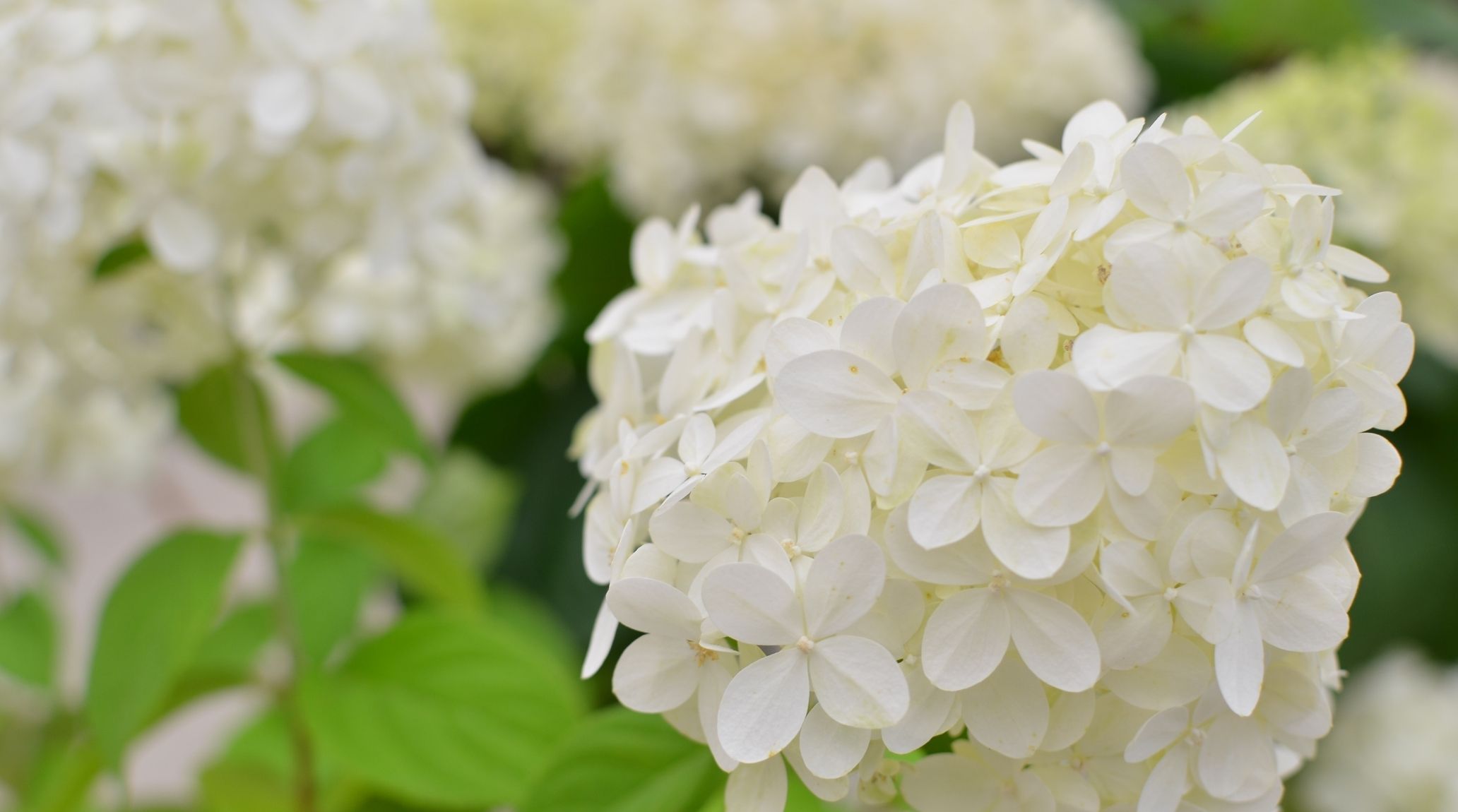
“
Discover the enchanting world of hydrangeas with these captivating hydrangea facts! From their ancient Greek origins and vibrant color transformations to their historical significance and unique propagation methods, hydrangeas are more than just beautiful blooms. Whether you're fascinated by their role in cultural traditions or intrigued by their versatile uses, these remarkable flowers have a story to tell. Dive into the history, care tips, and fascinating features of hydrangeas and uncover what makes them truly special.1
1
”
The name "hydrangea" comes from Ancient Greek, combining "hydor" (water) and "angos" (vessel), because its seed capsules look like cups. Hydrangeas adore water, so if you receive a bouquet, place it in water immediately and keep it topped up to ensure it stays vibrant. 1
Hydrangeas have been discovered in fossils dating back over 45 million years, making them almost as ancient as dinosaurs. This long history highlights their enduring presence and adaptability through millions of years of evolution.2

The record for the most hydrangea varieties displayed is an impressive 372, achieved by Jupia Land Hirata in Japan on July 14, 2018. The venue also showcases gardens of lilies and moss phlox, making it a stunning floral destination.
Cut hydrangeas can last well beyond their usual 10-day vase life if you dry them properly. Just place them in a vase with a bit of water and let them dry out slowly; they can last for a year or two, though they become fragile once dried. 3

Hydrangeas offer a spectrum of colors, from bold blues and purples to soft pinks and whites. Bigleaf varieties can change color based on soil pH—turning blue in acidic soils and pink in alkaline soils—though not all types do.
With over 70 species around the world, hydrangeas are a diverse group of plants. Each species offers unique features and growing habits, enriching gardens with a range of appearances and needs.4
Hydrangeas attract various pollinators, including bees and butterflies, which are essential for their reproduction. By drawing these beneficial insects, hydrangeas play a crucial role in supporting local ecosystems and enhancing garden biodiversity.5
While beautiful, hydrangeas aren't pet-friendly. All parts of the plant contain amygdalin, which can upset your cat or dog’s tummy if ingested. Keep these flowers away from pets or opt for other bouquet choices.6
Hydrangeas thrive best in consistently moist soil, which is why they are often found flourishing near water sources such as ponds and streams. Their preference for moisture makes them ideal for garden areas with ample water availability.7
Some cultures attribute medicinal properties to hydrangeas, using them to treat urinary tract infections and support kidney health. These blooms not only beautify but also offer potential health benefits.8
Although hydrangeas generally prefer moist conditions, certain varieties, like the panicle hydrangea, are more drought-tolerant. These varieties can adapt to different climates, making them a versatile choice for various garden environments.9
Certain hydrangea varieties can be used to create natural dyes, producing hues of blue, purple, and pink. These eco-friendly dyes are perfect for crafting and textile projects, showcasing the plant's versatility.10
While hydrangea flowers are not commonly eaten, they are occasionally used in culinary decorations and herbal teas. However, caution is advised because hydrangea petals can be toxic if consumed in large quantities.11
Hydrangeas are originally native to both Asia and the Americas. Their widespread origin across these continents showcases their adaptability and historical significance, contributing to their diverse range of species and popularity in gardens worldwide.12
Hydrangeas are known for their large flowers and bushy growth, reaching heights of up to 15 feet. Their impressive flower heads can grow as wide as 12 inches in diameter, adding a striking presence to any garden.13
Most species of hydrangeas have no fragrance at all. Their appeal lies in their vibrant colors and striking blooms rather than any scent, making them visually stunning but scent-neutral additions to gardens and floral arrangements.14
While hydrangeas are generally not a favorite among animals, deer and rabbits might occasionally nibble on them, especially when other food sources are scarce. However, hydrangeas are not highly attractive to most common garden pests.15
The Japanese have long celebrated the hydrangea through traditional festivals like the Ajisai Matsuri, held every June. These festivals honor the beauty of the hydrangea and its connection to the changing seasons.16
Hydrangeas feature two distinct flower arrangements: “mopheads,” which are large, round clusters resembling pom-poms or mop heads, and “lacecap” flowers, which have flatter, round clusters with tiny florets in the center.17
Hydrangeas produce very sticky pollen, which makes it difficult for the wind to spread. This trait often makes them a better choice for people with pollen allergies, whether the flowers are in the garden or in a vase.18


